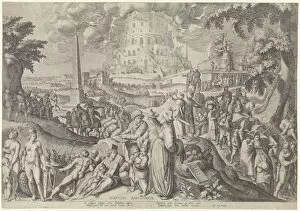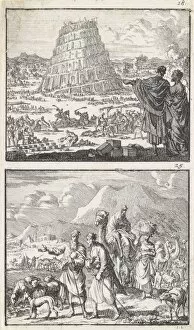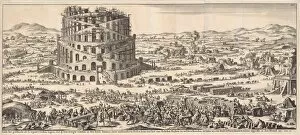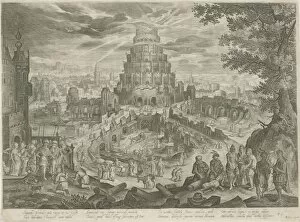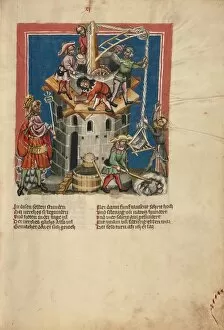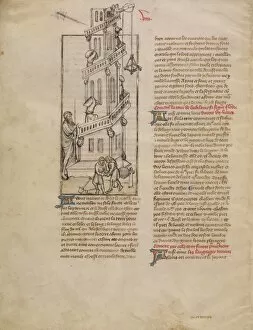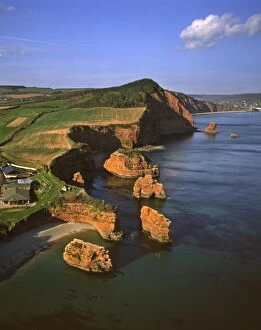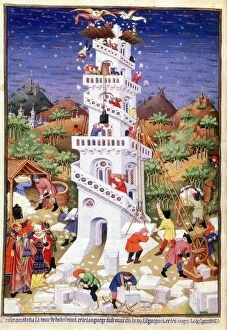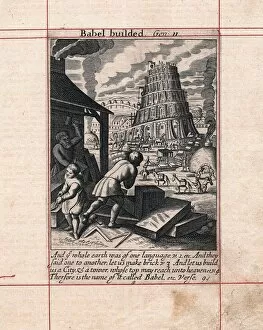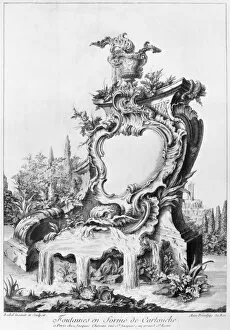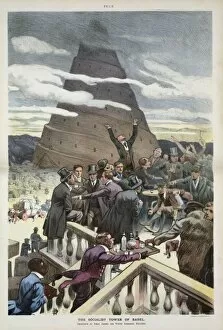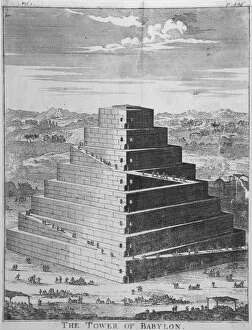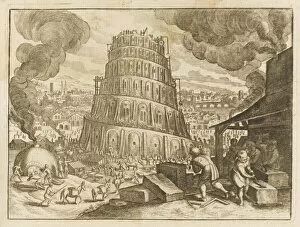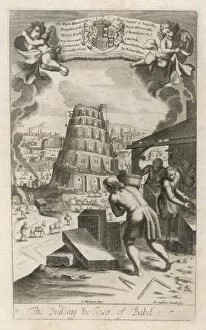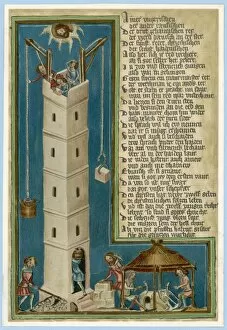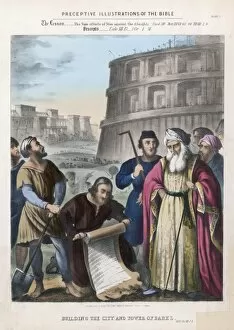Babel Collection (#3)
"Babel: A Tower of Ambition and Discord" The concept has fascinated artists, historians, and theologians throughout the ages
For sale as Licensed Images
Choose your image, Select your licence and Download the media
"Babel: A Tower of Ambition and Discord" The concept has fascinated artists, historians, and theologians throughout the ages. Inspired by Pieter Bruegel the Elder's iconic painting "The Tower of Babel, " this captivating image depicts a scene from biblical times when humanity sought to reach the heavens through their architectural prowess. In Bruegel's masterpiece, we witness a colossal tower rising high into the sky, surrounded by an intricate landscape reminiscent of Eden. The artist skillfully captures both the grandeur and chaos that unfolded during this mythical event. As we delve deeper into history, a copperplate engraving from 1774 reveals a map showcasing Mount Ararat - believed to be where Noah's Ark came to rest after the Great Flood. But what drove mankind to construct such an audacious structure? Astronomer-priests played a significant role in ancient civilizations like Babylon and Assyria. Their belief in celestial connections led them to build towering structures as gateways between heaven and earth – including ziggurats like Akar Kuf (Aqar Quf). As we explore further back in time, ancient artifacts shed light on how different cultures interpreted this tale. The Archers frieze from Darius I palace at Susa showcases Assyrian artistry dating back to 510-500 BC. Meanwhile, Byzantine mosaics from the 12th-13th century depict scenes from the Old Testament cycle - including mosaic depictions of building The Tower of Babel. Pieter Bruegel's own interpretation in his oil painting "The Tower of Babel" transports us directly into his world during Renaissance Europe. With meticulous detail, he portrays bustling activity as workers labor tirelessly amidst confusion and disarray. Lastly, male costumes worn by ancient Armenians provide glimpses into their unique culture within Babylonian society – reminding us that diverse civilizations contributed their distinct perspectives on this timeless tale.

